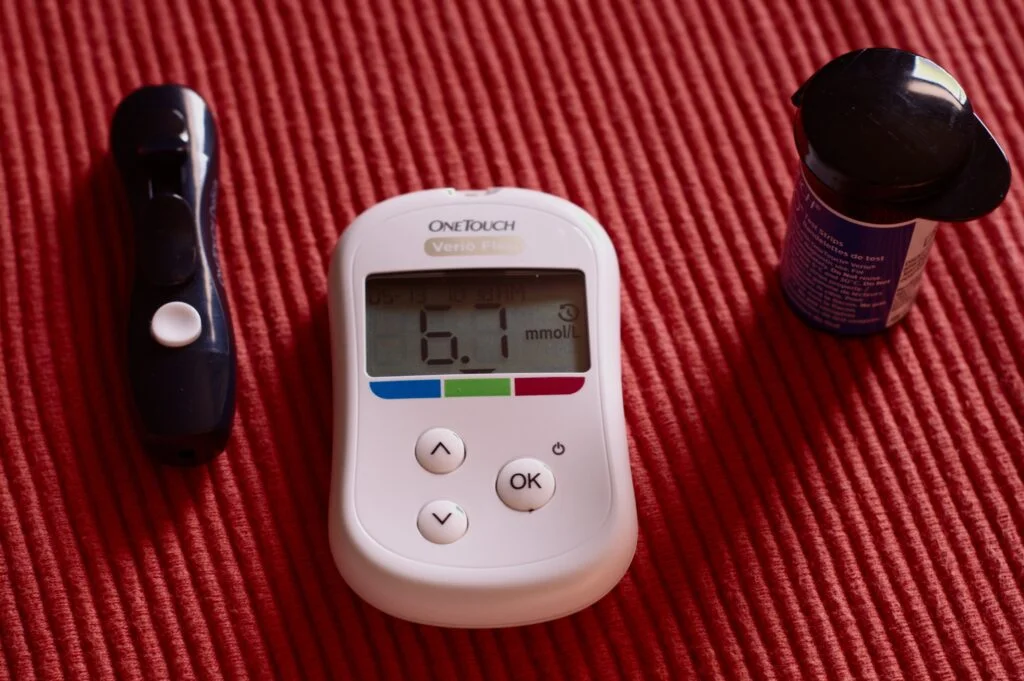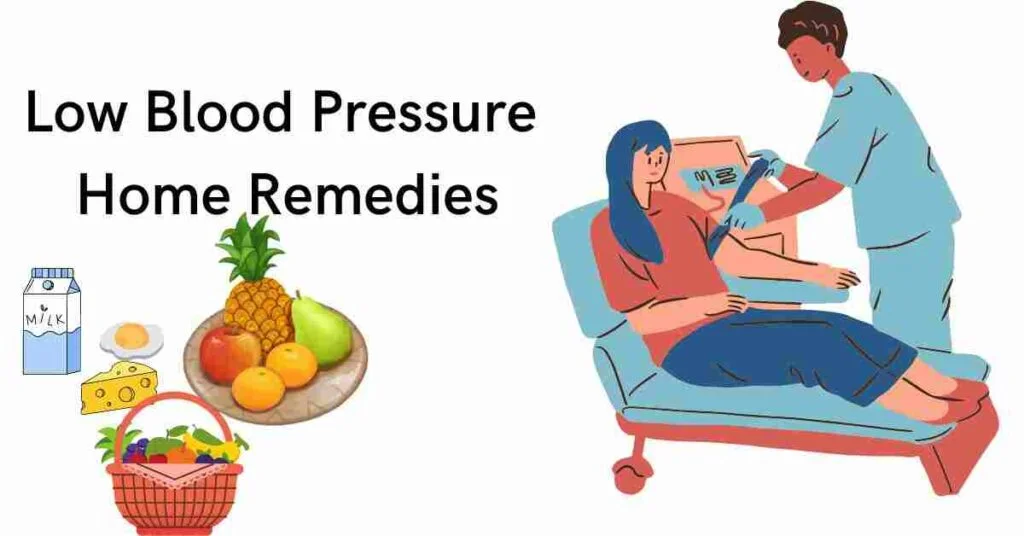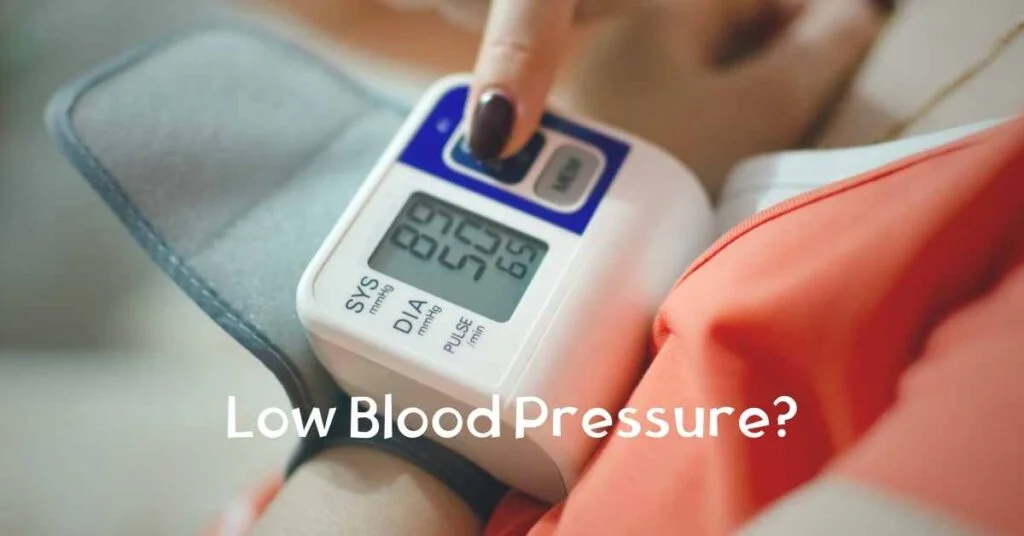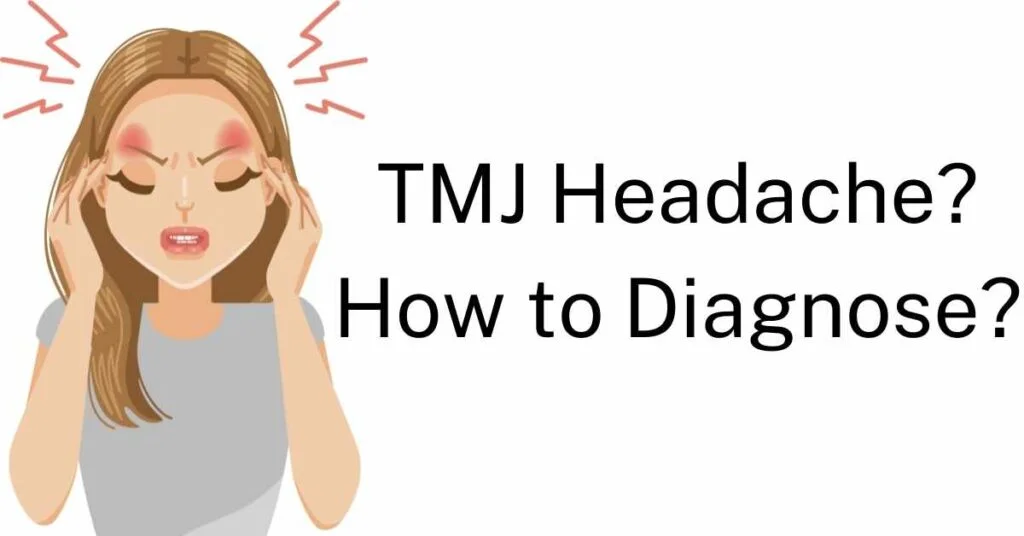What Is Iron Deficiency Anemia
Iron deficiency anemia is a type of anemia where the anemia is due to the iron deficiency. Iron is an important element in our body. It is responsible for red cell production in the bone marrow. Iron deficiency anemia in female are most common worldwide. Iron deficiency anemia is also known as microcytic hypochromic anemia.
As according to WHO, 1.62 billion people (24.8% of the total population) worldwide suffer anemia. Out of this 80% cases are due to iron deficiency.
Iron Deficiency Anemia Symptoms
As iron deficiency anemia progresses slowly, so in the initial phases body usually cope up the deficiency of iron. But with time, deficiency of iron leads to anemia. Patients, especially young patients can tolerate even severe anemia. The symptoms of iron deficiency anemia in elderly patients are dyspnea, angina, heart failure. Iron deficiency anemia has other symptoms such as
- Fatigue
- Dry mouth
- Glossitis (Inflammation of the tongue)
- Angular stomatitis
- Brittle nail or spoon nail (Koilonychia)
- Dysphagia due to esophageal webs (Plummer – Vinson syndrome)
- Hair loss
- Intolerance to exercise in muscle
- Irritability
- Defective concentration
- “Pica” due to ingestion of clay, chalk, paper, ice may be seen in women and children
- Restless leg syndrome
It is important to note that, in iron deficiency anemia, symptoms of chronic heart failure may worsen.
Iron Deficiency Anemia Causes
The causes of iron deficiency anemia are the following
Increased Iron Need In The Body
- Infancy and adolescence
- Pregnancy (second and third trimester)
- Postpartum
- Treatment with erythropoiesis – stimulating agents
Inadequate Iron Intake
- Malnutrition
- Inappropriate diet
- Intake of excess phytates or tannates
- Vegetarians, vegans
Insufficient Intestinal Iron Absorption
Surgical Factors
- Gastrectomy
- Duodenal bypass
- Bariatric surgery
Medical Factors
- Celiac disease
- Inflammatory bowel disease
- Helicobacter pylori infection
- Atrophic gastritis
Drugs
- Proton pump inhibitors
- Histamine-2 receptor blockers
Inherited
- Iron refractory iron deficiency anemia (IRIDA)
- All conditions with hepcidin excess
Chronic Blood Loss
Gastrointestinal causes
- Any bleeding from benign or malignant lesions
- Hookworm infestation
Genitourinary causes
- Uterine bleeding
- Hematuria
- Intravascular hemolysis (such as paroxysmal nocturnal hemoglobinuria)
Systemic causes
- Bleeding defects (such as hereditary hemorrhagic telangiectasia)
- Chronic kidney disease (hemodialysis)
- Regular blood donors
Drugs
- Corticosteroids
- Non steroidal anti-inflammatory drugs
Multiple Mechanisms Associated With Inflammation And Increased Hepcidin Levels
- Chronic Kidney Disease
- Inflammatory Bowel Disease
- Chronic Heart Failure
- Obesity
Acute Blood Loss
Recovery from major surgery
Iron Deficiency Anemia Diagnosis
Diagnosis of iron deficiency anemia is based upon the blood test report. But test report should be correlated with the iron deficiency anemia symptoms. Depending upon the severity of iron deficiency anemia, the symptoms vary. Blood test report helps to confirm the diagnosis. The severity of anemia is also determined by blood test report.
The laboratory test reports indicating iron deficiency anemia are the following
- Low serum ferritin is the most reliable indicator of iron deficiency.
- Decreased serum iron
- Increased transferrin
- Increased total iron binding capacity
- Low transferrin saturation (usually less than 16%)
- Low Reticulocyte Count
- On peripheral blood smear, small and pale RBC are seen with abnormal shape
- Reduced MCV and MCH
- WBC count may be normal
- Elevated platelets may be seen
- Increased erythrocyte protoporphyrins
The most important part in the diagnosis of iron deficiency anemia is to identify the cause of iron deficiency.
For middle aged and elderly people, it is important to search for defective absorption of iron and blood losses through the gastrointestinal tract, even when the anemia is absent, to rule out the possibility of peptic ulcer, angiodysplasia, occult cancer. Many times, multiple co existing causes are present. So, a thorough investigation is vital.
Iron Deficiency Anemia Treatment
Treatment of iron deficiency anemia is based upon the age of the patient, gender of the patient, severity of symptoms and whether other underlying medical conditions are present or not.
For example, a patient with long term peptic ulcer disease can have iron deficiency anemia. If the peptic ulcer disease is already diagnosed, other causes of iron deficiency in this patient can be more precisely determined.
So proper medical history is very important both in the diagnosis part and also in the determination of treatment. Here it is important to mention that one should always mention all the symptoms (one is facing) to the doctor.
In most of the cases, the treatment of iron deficiency anemia, is the oral iron intake. Iron sulfate or iron fumarate is usually given at a dose of 60 to 200 mg elemental iron daily.
These oral iron is given in divided doses, simply means one needs to take oral iron in multiple times. The main aim of oral iron therapy is to reconstitute the hemoglobin and replete the exhausted store.
Iron therapy should be discontinued when the ferritin reaches the normal levels and the cause of iron deficiency anemia is corrected.
Oral Iron Therapy Drawback
The drawback of oral iron therapy are the following
- Oral salt absorption is low ( it is around 10% to 20% of the administered dose). So the non absorbed iron can be toxic to the intestinal mucosa. As a result, nausea, vomiting, diarrhea, constipation, metallic taste, etc. are common side effects.
Thus, due to these side effects, sometimes patients of iron deficiency anemia stop to intake the oral iron therapy. It usually happens if the treatment is prolonged (greater than 2 months). If side effects occur, better tolerated dose 6 mg/day is given. In this dose, chances of side effects are less.
- Intestinal disorder or previous gastrointestinal surgery can cause reduced iron absorption from the intestine. As iron is absorbed through intestine, so when the absorption of iron is less, effectivity of oral iron therapy decreases. In this case, treatment of underlying medical condition is vital to improve the iron absorption.
- When it is not possible to give oral iron therapy ( for example, reduced iron absorption, inability of oral iron intake, etc.), then intravenous iron is given as an alternative. The main advantage of intravenous iron therapy is that it corrects the anemia faster.
Not only that, précised dose of administered iron can be calculated in case of intravenous iron therapy. So more appropriate treatment can be given.
Preparations of intravenous iron that are available are ferric sucrose and ferric gluconate for the small dose repeated infusions, low molecular weight iron dextran and ferric carboxymaltose for supplementing the replacement dose in a single or few infusions.
Intravenous Iron Therapy Indications
The indications of intravenous iron therapy are the following
Accepted Indications
- Oral iron intolerance
- Oral iron refractoriness, including iron refractory iron deficiency anemia
- Need for a quick recovery, for example, severe anemia of pregnancy
- Chronic bleeding that is not manageable with oral iron
- Concurrently with erythropoiesis stimulating agents in chronic kidney disease
- Gastrointestinal disorders ( inflammatory bowel disease, acute flares)
- Substitution for blood transfusions when not accepted by patients
Novel Proposed Indications
- Iron deficiency in chronic heart failure
- Perioperative anemia
- Anemia of chronic kidney disease before treatment with erythropoiesis stimulating agents
- Persistent anemia after erythropoiesis stimulating agents in cancer patients on chemotherapy.
Intravenous iron therapy has the disadvantage of the intravenous route administration such as hospital admission, dedicated staff, increased cost. Mild to moderate infusion reactions such as pruritus, urticaria, skin flushing, muscle pain, back pain, etc. are common. All these side effects can be controlled and manageable.
Who Should Not Receive Intravenous Iron Therapy
Intravenous iron therapy should not be given to people with
- Concomitant infections
- Severe atopy
- Previous severe hypersensitivity reactions





